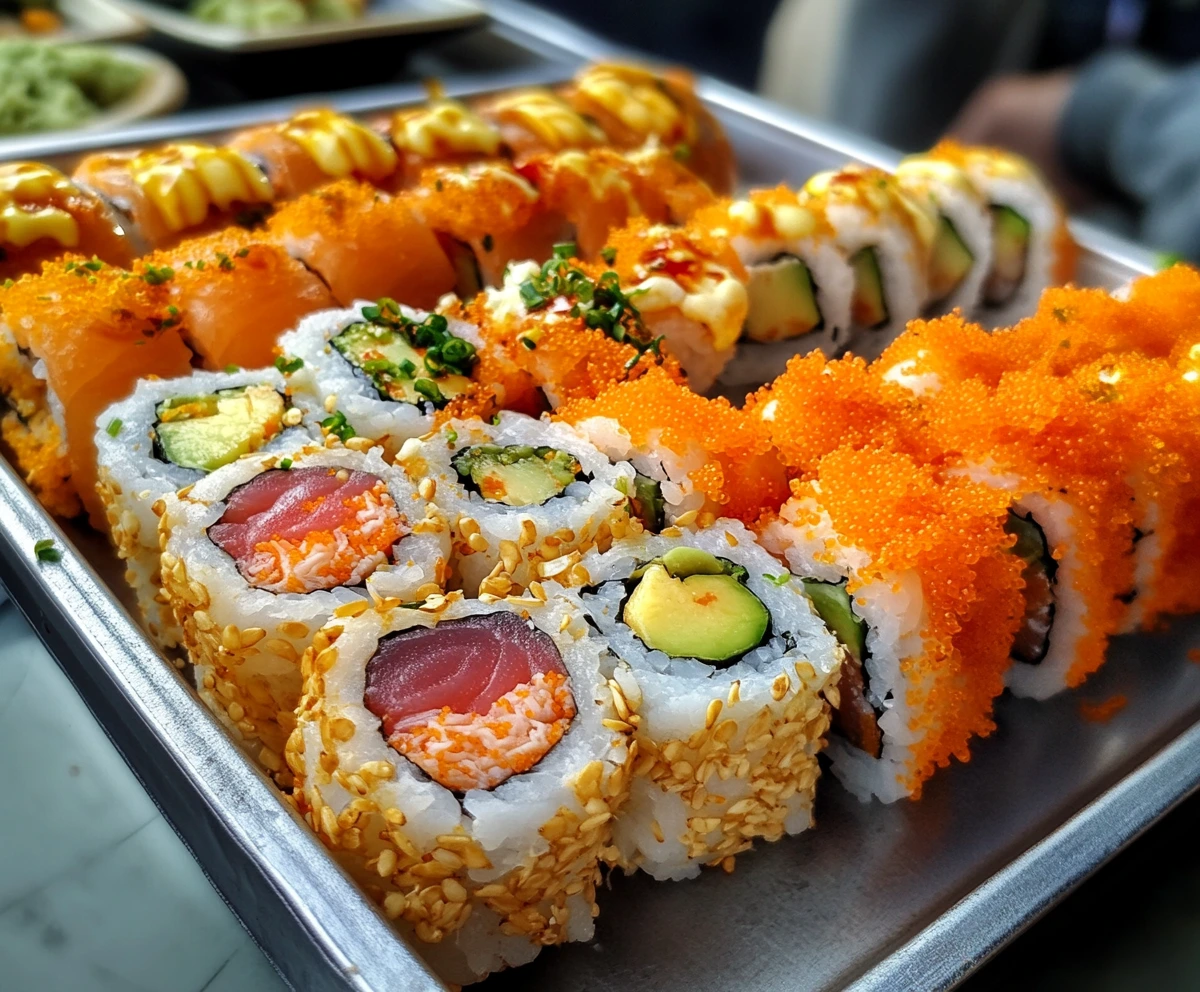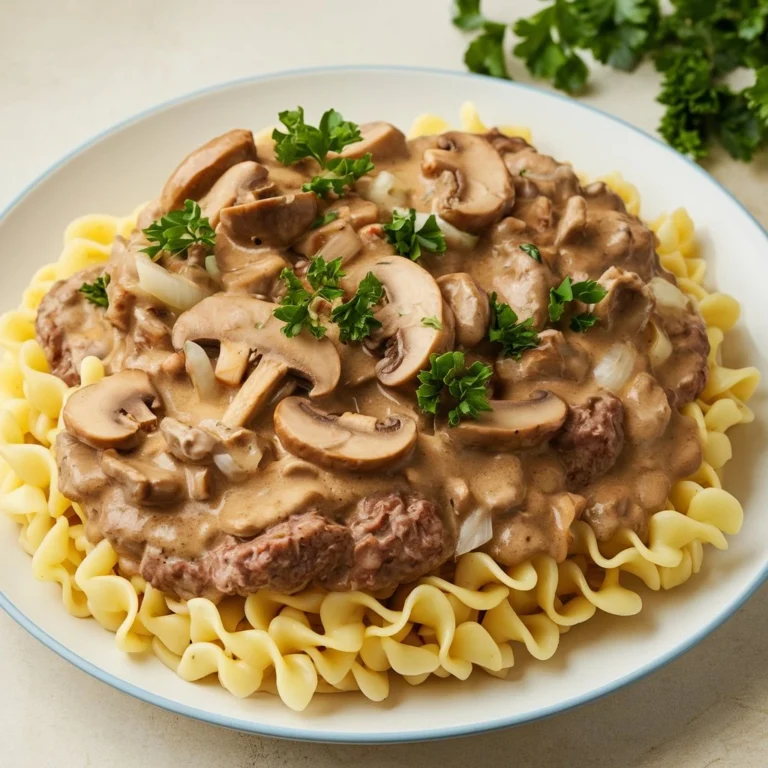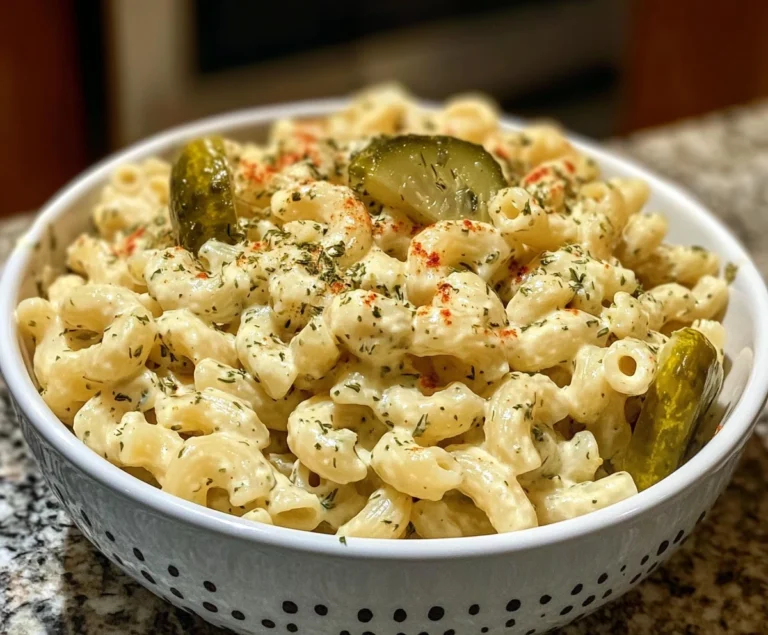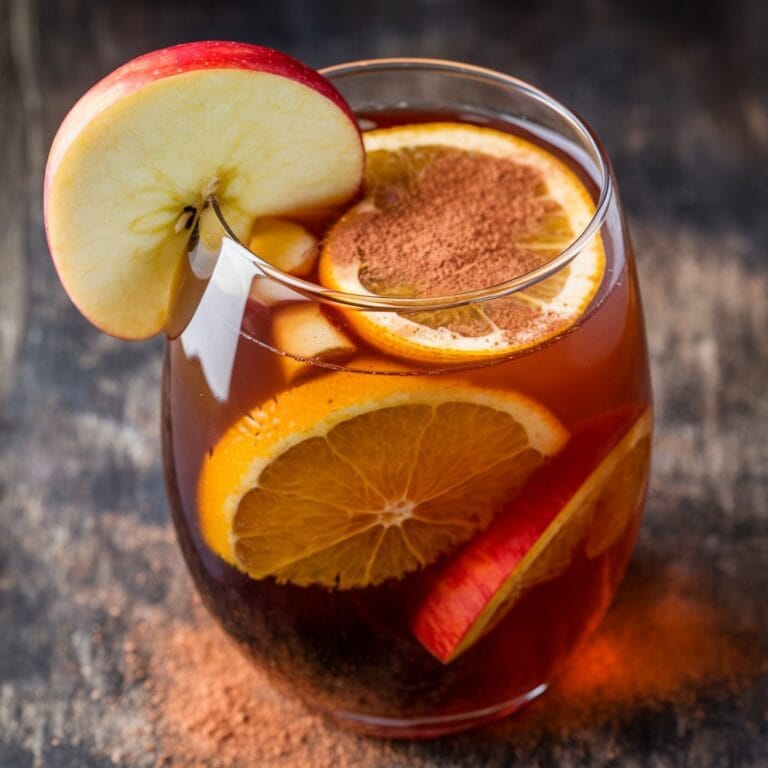Are Crunchy Rolls Raw or Cooked?
When it comes to sushi, many people think of raw fish. This association often makes people hesitant to try sushi, fearing they must eat raw seafood to enjoy it. However, not all sushi is raw, and some of the most popular sushi rolls are fully cooked. One such roll is the crunchy roll, a sushi roll that appeals to a wide range of people, especially those who are unsure about eating raw fish. This leads to the question: are crunchy rolls raw or cooked? Let’s dive into the ingredients, preparation methods, and variations of crunchy rolls to answer this question and explore the delightful complexity behind one of sushi’s most beloved offerings.
The History of Sushi and How Crunchy Rolls Fit In
Before we can understand the unique appeal of crunchy rolls, it’s important to take a step back and explore the origins of sushi. Sushi is a centuries-old dish that originated in Japan and was initially a method of preserving fish. Fish was fermented with rice, and the combination was left to age over time. As sushi evolved, it moved away from fermentation and became a fresh dish consisting of vinegared rice, seafood, and vegetables.
The introduction of sushi to the West, particularly in the United States, marked a significant shift in the way sushi was prepared and consumed. Western palates influenced sushi chefs to experiment with different ingredients, including cooked seafood and local vegetables. This led to the creation of several “fusion” rolls that catered to a broader audience. One of the most popular of these fusion creations is the crunchy roll.
Crunchy rolls exemplify the evolution of sushi. They retain the core components of traditional sushi, such as vinegared rice and seafood, but incorporate fried elements and cooked ingredients to create a texture and flavor that appeals to sushi lovers who may not be fans of raw fish. The success of the crunchy roll is tied to its ability to blend the classic elements of sushi with innovative, Westernized additions.
The Basics: What Are Crunchy Rolls?
Crunchy rolls are a type of sushi roll known for their texture, achieved through the addition of fried tempura flakes, crispy onions, or panko crumbs on top of the roll. These toppings create a satisfying crunch that contrasts the soft rice, fresh vegetables, and seafood inside the roll.
Why Do People Love Crunchy Rolls?
Crunchy rolls are popular for several reasons:
- Textural contrast: The crispy outer layer and the soft interior create a delightful sensory experience.
- Versatility: They can be customized with a variety of fillings, sauces, and toppings to suit different tastes.
- Approachable: Many crunchy rolls contain cooked seafood, making them perfect for those who are new to sushi or uncomfortable with raw fish.
The crunchy roll is often seen as an “entry-level” sushi roll due to its accessible ingredients and familiar flavors. For example, the crunchy roll sushi often features cooked shrimp or imitation crab, both of which are widely accepted and enjoyed by those who may not be ready to try raw fish.
A Brief History of Sushi and Its Evolution
To understand where crunchy rolls fit into the world of sushi, it’s helpful to look back at the history of sushi itself. Sushi originated in Japan centuries ago as a way of preserving fish by fermenting it with rice. Over time, sushi evolved into a fresh, delicate dish featuring raw fish, rice, and vegetables.
However, sushi didn’t stay confined to Japan. As it spread to different parts of the world, chefs began creating their own versions, incorporating local tastes and ingredients. This fusion led to the development of rolls like the California roll and the crunchy roll, which often use cooked seafood, vegetables, and other non-traditional ingredients.
Today, sushi can be found in many forms, ranging from traditional nigiri (slices of raw fish over vinegared rice) to more inventive, fusion-style rolls like the crunchy roll.
Crunchy Rolls in Modern Sushi Culture
In Western countries, particularly the U.S., sushi has become widely popular, and many rolls have been adapted to suit local tastes. The crunchy roll fits perfectly into this fusion culture by offering a sushi experience without the raw fish, a feature that appeals to a broad audience.
Most sushi restaurants offer crunchy rolls on their menu due to their universal appeal. For instance, sushi establishments in California have long featured this roll, combining both Japanese and American culinary traditions. Whether for its tempura topping or the cooked shrimp or crab inside, the crunchy roll stands out as one of the most versatile and beloved sushi rolls.
Crunchy Roll Ingredients: Breaking It Down
The appeal of crunchy rolls lies in the ingredients used to create the dish. Let’s break down the common components of a crunchy roll and determine whether each element is raw or cooked.
1. Protein (Seafood)
- Shrimp Tempura: One of the most common ingredients in a crunchy roll is shrimp tempura. Shrimp is dipped in a light batter and deep-fried until golden and crispy. Since the shrimp is cooked during the frying process, it’s safe for anyone who prefers not to eat raw fish.
- Imitation Crab: Another popular filling is imitation crab, also known as surimi. Imitation crab is made from cooked fish paste and is often used in rolls like the California roll. It’s cooked, affordable, and has a mild flavor that complements the other ingredients in the roll.
- Grilled Eel (Unagi): Some variations of crunchy rolls use grilled eel (unagi), which is always served cooked. The eel is usually marinated in a sweet soy-based sauce and grilled until tender.
- Real Crab: Occasionally, sushi chefs use real crab meat instead of imitation crab, especially in high-end sushi restaurants. Real crab meat is steamed or boiled, making it another cooked option for those who prefer no raw ingredients.
2. Vegetables
- Avocado: A common ingredient in crunchy rolls, avocado adds a creamy texture and a healthy dose of fats. Since it’s a raw vegetable, it doesn’t pose the same concerns as raw fish, and its rich flavor balances the other components of the roll.
- Cucumber: Another common vegetable in sushi, cucumber is added for its crisp, fresh texture. Like avocado, it’s served raw but is not considered risky to eat.
3. Rice
The rice used in sushi is vinegar-seasoned and always cooked. Sushi rice is essential for holding the roll together and giving it the characteristic flavor associated with sushi dishes. The rice is cooked, cooled slightly, and seasoned with rice vinegar, sugar, and salt to create the perfect balance of sweet and sour flavors.
4. Tempura Flakes and Other Crunchy Toppings
The crispy element that gives the crunchy roll its name usually comes from tempura flakes (small bits of deep-fried batter) or panko crumbs. Both are fried and, therefore, cooked. Sometimes, additional toppings like crispy onions or fried garlic may be used to enhance the texture further.
5. Sauces
- Spicy Mayo: A common topping for crunchy rolls, spicy mayo is a mixture of mayonnaise and sriracha or another chili sauce. It adds a creamy, spicy kick to the roll.
- Unagi Sauce: If the roll includes grilled eel, it may be drizzled with unagi sauce, a sweet, soy-based glaze that enhances the flavor of the eel.
Are Crunchy Rolls Raw or Cooked?
In summary, most crunchy rolls are made with cooked ingredients. The seafood, whether shrimp tempura or imitation crab, is always cooked. The rice and crunchy toppings are also cooked, while the vegetables are raw but do not pose the same health risks as raw fish. This makes crunchy rolls an excellent option for people who want to enjoy sushi without consuming raw fish.
Variations of Crunchy Rolls
One of the best aspects of crunchy rolls is their versatility. While the classic version uses shrimp tempura and tempura flakes, there are many variations that incorporate different fillings, toppings, and sauces.
1. Spicy Crunchy Roll
The spicy crunchy roll takes the classic roll and adds a kick of heat, typically through the addition of spicy mayo or sriracha. The spicy flavor pairs well with the crunchy texture, creating a roll that’s both exciting and flavorful. Some versions may also include jalapeño slices or spicy tuna for extra heat.
2. Crunchy Dragon Roll
The dragon roll is a popular sushi variation that features eel or shrimp tempura and is topped with avocado slices to resemble the scales of a dragon. A crunchy dragon roll includes tempura flakes or crispy onions on top for added texture. This roll is often drizzled with unagi sauce to enhance the flavor of the eel.
3. Crunchy California Roll
A twist on the traditional California roll, the crunchy California roll swaps out raw fish for imitation crab or real crab, avocado, and cucumber. The addition of crunchy toppings like tempura flakes or panko gives it a satisfying texture.
4. Crunchy Shrimp Roll
The crunchy shrimp roll is a variation that features shrimp tempura as the main protein. It’s topped with tempura flakes and sometimes drizzled with spicy mayo or eel sauce. The roll’s simple ingredients allow the texture of the crunchy toppings to shine.
5. Vegetarian Crunchy Roll
For those who prefer a plant-based option, a vegetarian crunchy roll can be made using ingredients like avocado, cucumber, sweet potato tempura, or tofu. The roll is then topped with tempura flakes or crispy onions to maintain the signature crunch. This variation offers a delicious alternative for vegetarians or anyone looking to enjoy sushi without seafood.
Health Considerations
Sushi is often considered a healthy food due to its fresh ingredients and relatively low-calorie content. However, there are a few things to keep in mind when it comes to the health benefits and potential drawbacks of crunchy rolls.
1. Caloric Content
Because crunchy rolls often include fried ingredients like tempura flakes or shrimp tempura, they tend to be higher in calories than other sushi rolls. A typical crunchy roll can contain between 400 and 500 calories, depending on the portion size and the specific ingredients used. The addition of sauces like spicy mayo or eel sauce can also add extra calories.
2. Nutritional Benefits
Despite their higher calorie content, crunchy rolls offer several nutritional benefits:
- Protein: The shrimp, crab, or eel in crunchy rolls provides a good source of protein, which is essential for muscle repair and overall health.
- Healthy Fats: Avocado is rich in monounsaturated fats, which are heart-healthy fats that can help reduce bad cholesterol levels.
- Vitamins and Minerals: The vegetables in the roll, such as avocado and cucumber, provide important vitamins and minerals, including vitamin K, potassium, and fiber.
3. Sodium Content
One thing to watch out for in sushi, especially crunchy rolls, is the sodium content. The use of soy sauce, spicy mayo, and tempura flakes can increase the sodium levels significantly. If you’re concerned about sodium intake, you can ask for less sauce or skip the soy sauce altogether.
4. Allergies
If you have seafood allergies, you’ll want to avoid crunchy rolls that contain shrimp or crab. However, many sushi restaurants offer vegetarian options or can make substitutions to accommodate dietary restrictions. For example, you can request a roll made with tofu or sweet potato tempura instead of seafood.
Making Crunchy Rolls at Home: A Step-by-Step Guide
Making crunchy rolls at home can be a fun and rewarding experience. While it may seem intimidating at first, with a little practice, you can create delicious, restaurant-quality sushi in your own kitchen.
Ingredients You’ll Need
- Sushi rice
- Nori (seaweed sheets)
- Cooked shrimp or imitation crab
- Avocado
- Cucumber
- Tempura batter mix or store-bought tempura flakes
- Panko breadcrumbs (optional)
- Spicy mayo or eel sauce (optional)
Step-by-Step Instructions
- Cook the Sushi Rice: Start by cooking the rice according to the package instructions. Once the rice is cooked, season it with rice vinegar, sugar, and salt. Allow the rice to cool slightly before handling it.
- Prepare the Shrimp Tempura: If you’re using shrimp tempura, prepare the shrimp by dipping it in tempura batter and frying it until crispy. Alternatively, you can use store-bought shrimp tempura or imitation crab if you’re short on time.
- Assemble the Roll: Place a sheet of nori on a bamboo sushi mat and spread a thin layer of sushi rice over the nori, leaving a small border at the top. Place the shrimp tempura or crab, avocado, and cucumber in the center of the rice.
- Roll the Sushi: Using the bamboo mat, carefully roll the sushi, applying gentle pressure to ensure the roll is tight and holds together. Once rolled, cut the sushi into bite-sized pieces using a sharp knife.
- Add the Crunch: Sprinkle tempura flakes or panko breadcrumbs over the top of the roll for that signature crunch. You can also drizzle spicy mayo or eel sauce on top for added flavor.
- Serve and Enjoy: Serve your homemade crunchy rolls with soy sauce, pickled ginger, and wasabi on the side.
Conclusion: Crunchy Rolls Offer the Best of Both Worlds
In conclusion, crunchy rolls are a fantastic option for those who enjoy the flavors of sushi but prefer cooked ingredients. The combination of cooked seafood, fresh vegetables, and crispy toppings makes this roll both delicious and approachable. Whether you’re dining out or making them at home, crunchy rolls are sure to satisfy your sushi cravings.
If you’re new to sushi, a crunchy roll is the perfect place to start. The variety of fillings and toppings means there’s something for everyone, and the cooked ingredients make it a safe choice for those who prefer not to eat raw fish.
So the next time you find yourself at a sushi restaurant, don’t hesitate to order a crunchy roll—it just might become your new favorite sushi dish.







